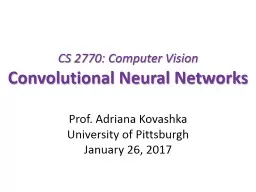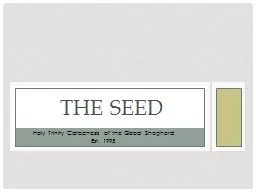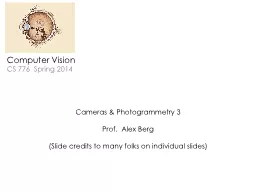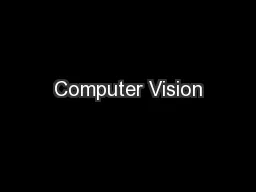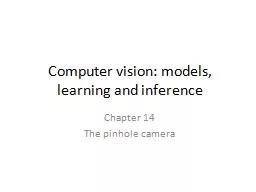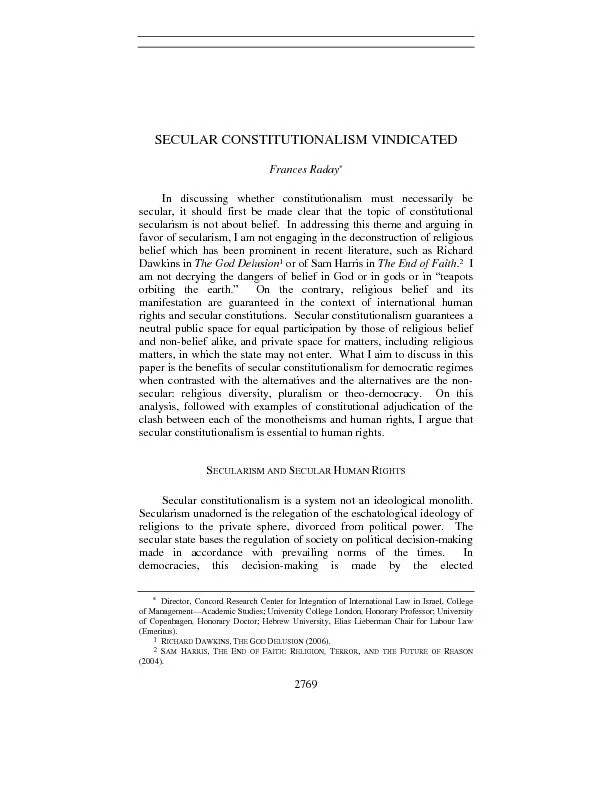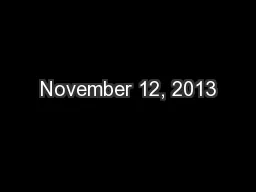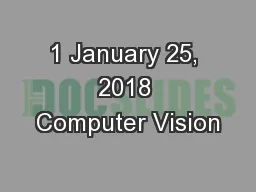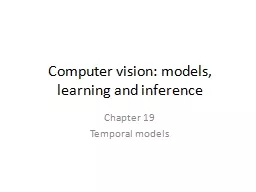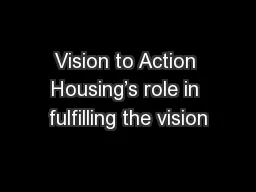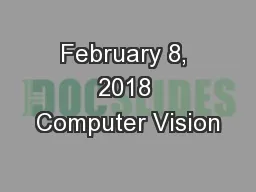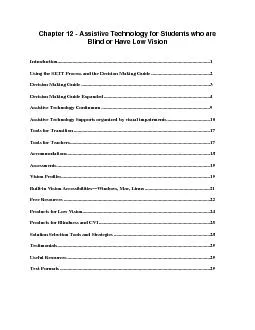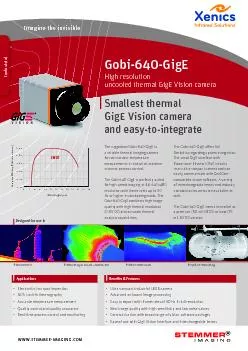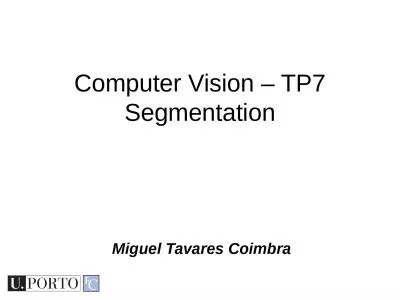PPT-CS 2770: Computer Vision
Author : karlyn-bohler | Published Date : 2018-11-01
Convolutional Neural Networks Prof Adriana Kovashka University of Pittsburgh January 26 2017 Biological analog A biological neuron An artificial neuron Jia bin
Presentation Embed Code
Download Presentation
Download Presentation The PPT/PDF document "CS 2770: Computer Vision" is the property of its rightful owner. Permission is granted to download and print the materials on this website for personal, non-commercial use only, and to display it on your personal computer provided you do not modify the materials and that you retain all copyright notices contained in the materials. By downloading content from our website, you accept the terms of this agreement.
CS 2770: Computer Vision: Transcript
Download Rules Of Document
"CS 2770: Computer Vision"The content belongs to its owner. You may download and print it for personal use, without modification, and keep all copyright notices. By downloading, you agree to these terms.
Related Documents

